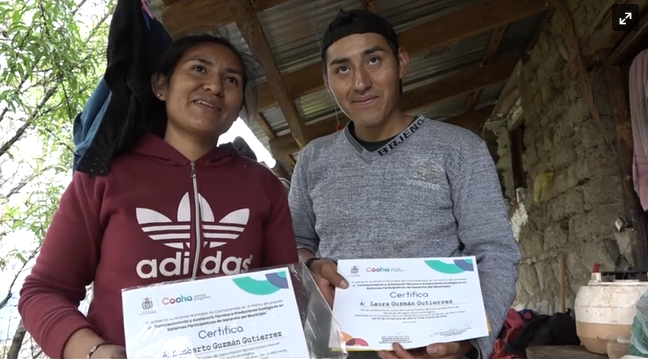The International organic certification can be bureaucratic and expensive and the local farmers cannot afford these. In many countries, the Participatory guarantee system is emerging as an alternative means of certification especially for small scale farmers.
Mode of operation
While participatory guarantee systems are created locally and differ from one country to another, they all have one thing in common. Farmers within a group organize themselves into a committee to make a guarantee, to visit each others’ fields to ensure that the produce is ecologically produced.
When the group is new, members can visit each other few times within the season to make sue they are progressing with ecological agriculture.
Two or three members of the guarantee system are usually enough to visit a member and do the inspection. During the inspection, information on crops grown, bio fertilizers used and how pests are managed at the farm is collected and filled in a form.
At the end of the visit, the committee signs the form and keeps it for reference.
With time, the visited farms also begin knowledge sharing to other farmers.
A good inspector is more of an advisor than police. He listens attentively to the concerns of the farmer and then offers technical advise.
Ecological farming transition
The objectives of the participatory guarantee system is to enable production of safe food for consumptions and recovering the environment.
The first year when the farmer transitions from conventional farming to ecological, she gets a certificate that she is in transition and commits himself to improve his ecological farming.
After fulfilling that, she gets an ecological certificate which gives the farmer value in the market.
To improve your sells, it is important to let the society understand the Participatory guarantee system label. The label can be used on packaging of fresh fruits and vegetables.
The ecological farmers may ask for a little more in price than the conventional farmers.



















